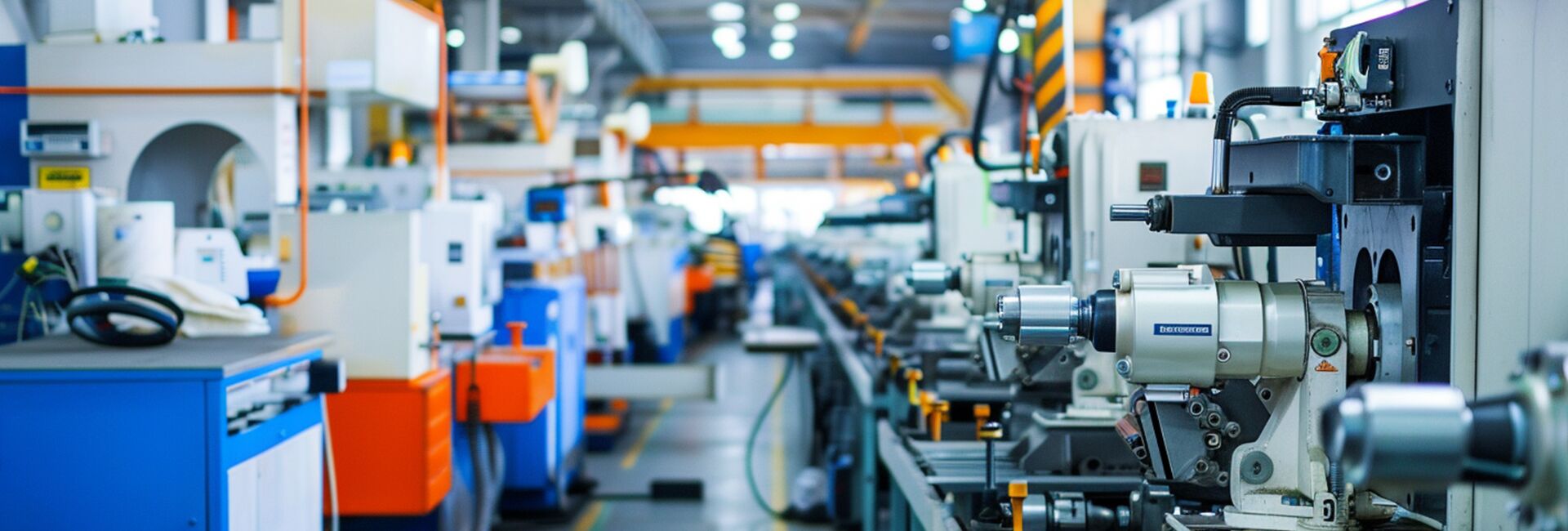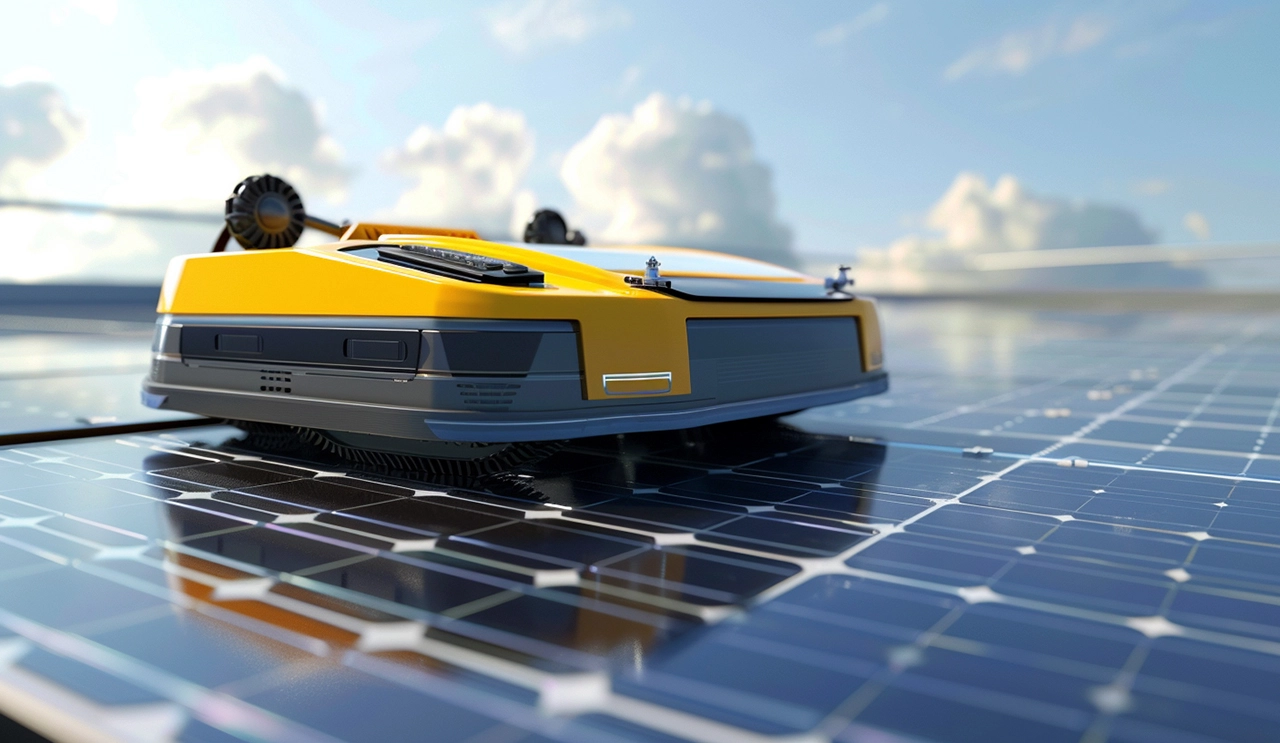
WIRELESS CHARGING IN THE NEWS
The earliest large-scale application of industrial robots is the automotive industry. In 1959, the first industrial robot, Unimate, developed by American engineers George Devore and Joseph Ingeberg, was installed on the production line of General Motors, responsible for handling high-temperature castings, welding doors and installing car window parts. This initiative marks the official entry of industrial robots into the actual production scene and opens a new era of manufacturing automation.
Technical requirements and industrial background
In the 1950s, the automobile industry faced the double challenge of production efficiency and safety. Traditional assembly lines rely on humans to perform repetitive and dangerous tasks, such as welding and painting. The Unimate robot is hydraulically driven and programmed with a magnetic drum to accurately perform repetitive actions, significantly reducing the risk of injury and improving production consistency. In the 1960s, Japan and Germany, due to the post-war labor shortage, began to introduce industrial robots on a large scale, which further promoted the automation process of the automotive industry.
Typical application scenario
1. Welding and spraying: The robot can adapt to high temperature and high precision environment, such as spot welding error control in millimeter, to ensure the stability of the body structure.
2. Assembly and handling: General Motors completes door hinge installation through robots, increasing efficiency by more than 70%.
3. Quality inspection and traceability: Combined with the vision sensor, the robot can detect the defects of parts in real time, and trace the source of the problem with the production system.
Industry impact
The needs of the automotive industry are directly driving the iteration of robotics. For example, the popularity of articulated robots in the 1970s greatly improved the flexibility of robotic arms to adapt to the processing needs of complex body structures. By 2023, the density of industrial robots in the global automotive manufacturing industry has reached 1,500 per 10,000 workers, far exceeding other industries.







